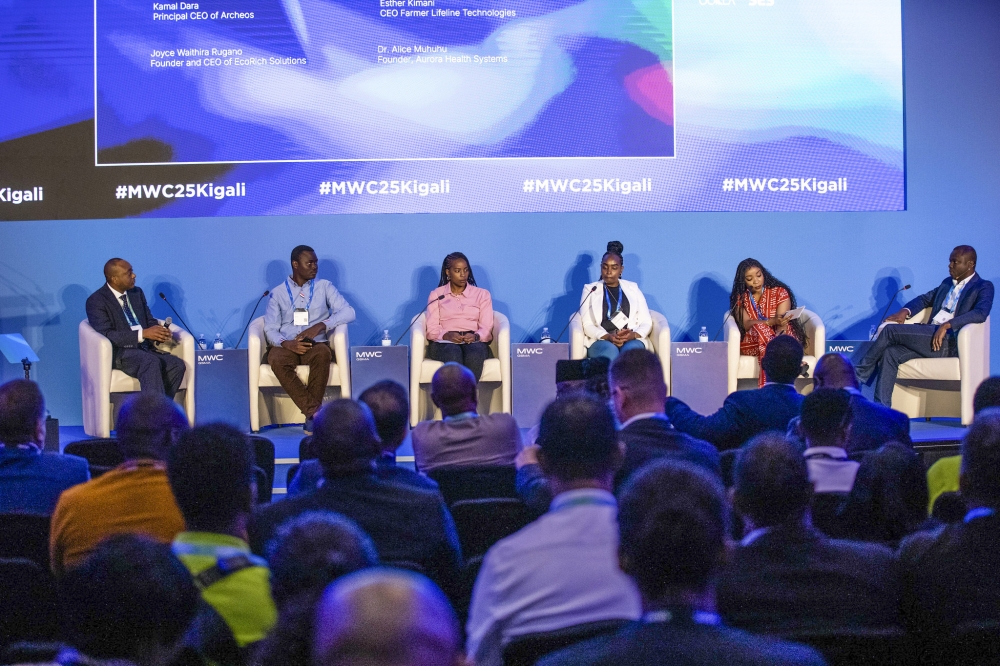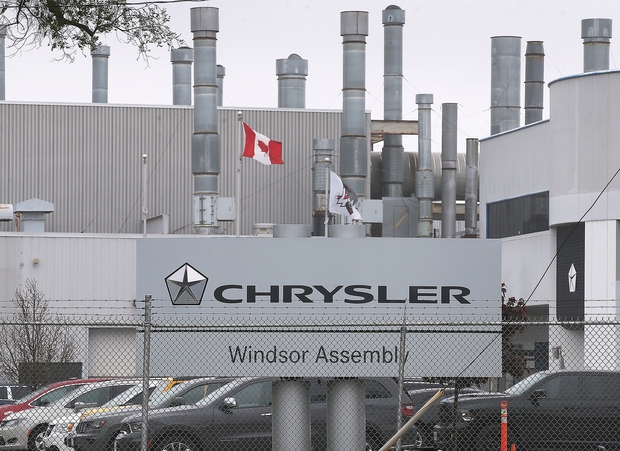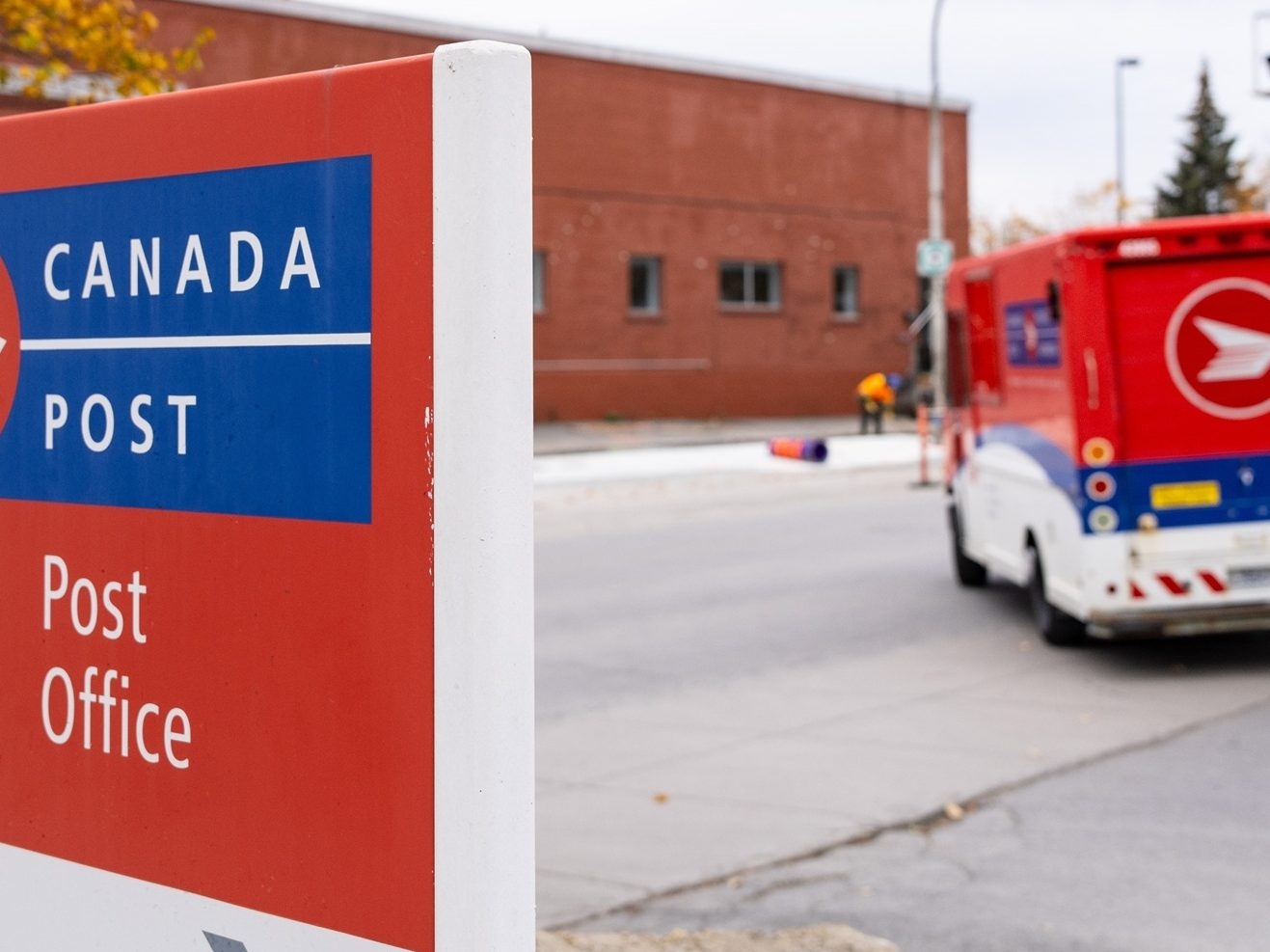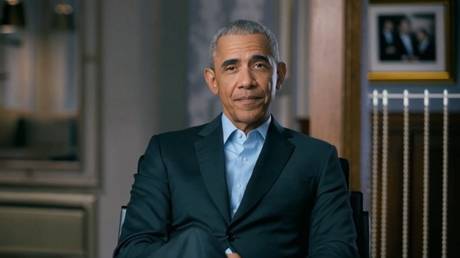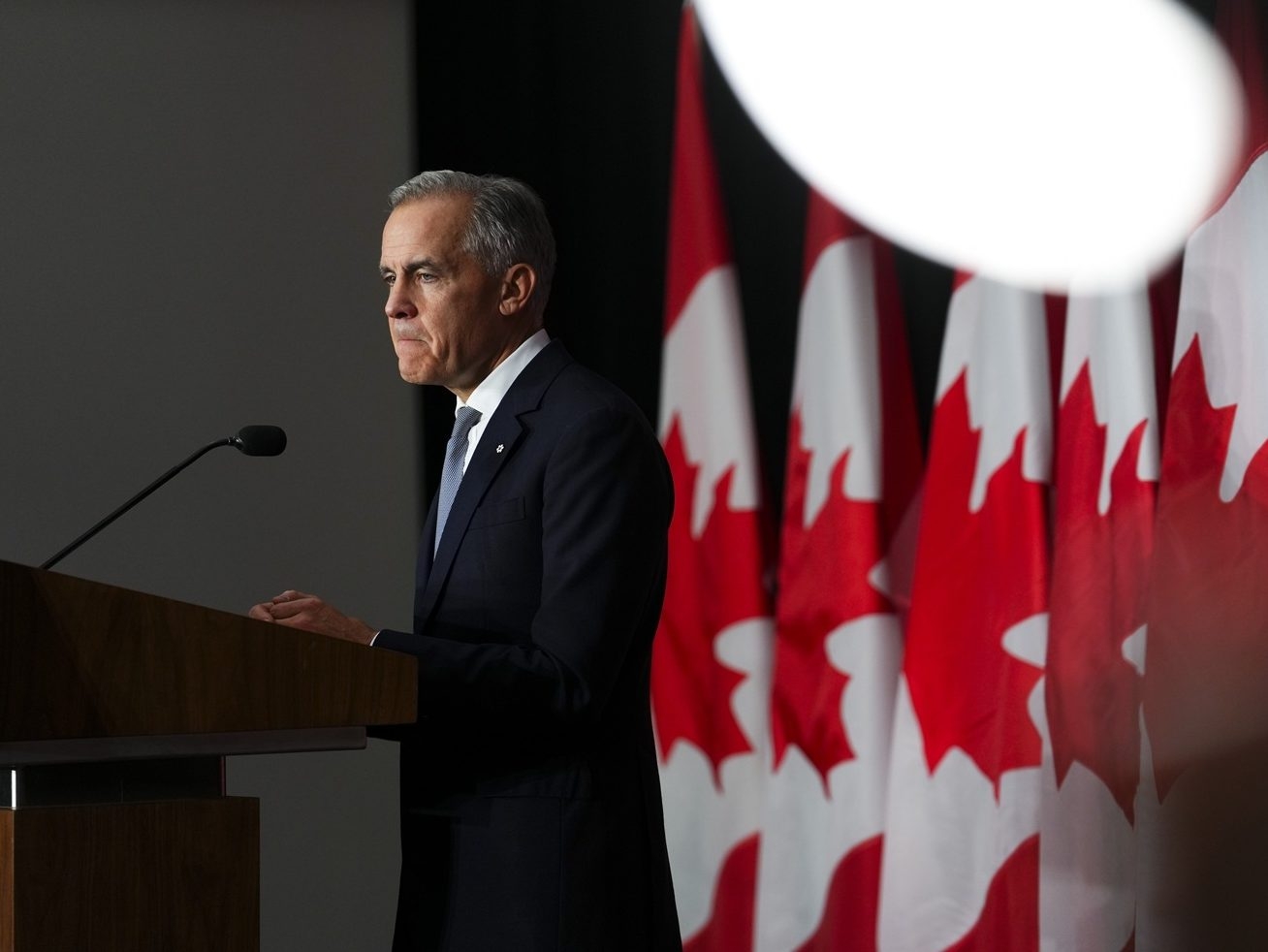As Africa pushes toward the adoption of fifth-generation (5G) mobile technology, experts warn that high deployment costs, limited market demand, infrastructure gaps, and spectrum constraints are slowing progress across the continent.
According to the International Telecommunication Union (ITU), below 2 per cent of Africa’s population currently access 5G, while most users remain on 2G and 3G networks, and the shift to 4G continues at a gradual pace. 5G access is projected to grow between 17 to 21 per cent by 2030.
ALSO READ: Rwanda, SoftBank deliver ‘World’s first 5G connectivity from the stratosphere’
The Global System for Mobile Communications Association (GSMA) projects that by 2030, low-band 5G could contribute nearly $3 billion to Sub-Saharan Africa’s economy, while mid-band 5G could deliver $13 billion, or about 0.4 percent of the region’s Gross Domestic Product (GDP).
The Mobile Economy Africa 2025 report shows that the mobile sector contributed $220 billion to Africa’s economy, representing 7.7 percent of GDP, a figure expected to rise to $270 billion (7.4 percent) as digital technologies, including 5G, expand further.
By 2050, 5G alone could contribute $10 billion, accounting for six percent of the mobile sector’s total economic impact.
ALSO READ: 34% Rwandan households own smartphones – survey
Yet, despite its potential, the continent’s 5G rollout continues to face hurdles, from high infrastructure and energy costs to regulatory and spectrum challenges.
‘5G is a guzzler’
Speaking at the 5G Summit held on the sidelines of the Mobile World Congress (MWC) Africa in Kigali, Irene Kaggwa, Programme Manager at the ITU, said governments and private sector actors must collaborate to expand the 5G market and reduce deployment costs.
“Market demand is limited by the lack of affordable 5G devices,” Kaggwa said. “Infrastructure is still a big problem—not just the radio network, but even backhaul capacity. To deliver the full 5G experience, we need end-to-end infrastructure.”
She added that factors such as construction permits and access to reliable electricity continue to slow rollout efforts. “5G is a guzzler. It needs enough spectrum to deliver the desired experience,” she noted.
ALSO READ: Telcos push for tax cuts to make smartphones affordable, boost digital inclusion
High costs passed on to consumers
Angela Wamola, Head of Africa at GSMA, urged governments and regulators to remove hidden and excessive costs that end up being passed to consumers.
She noted that unreliable power supply remains a major challenge, with many African telecom sites still dependent on generators and batteries.
Wamola also criticised short-term spectrum licenses that make it difficult for operators to recover investments. “If you extend license durations up to 25 years, operators can amortize costs and reduce what customers pay,” she said.
She called for an end to the practice of charging users a premium simply for accessing higher network generations such as 3G, 4G, or 5G, saying it deepens the digital divide.
Wamola further urged policymakers to use universal service funds to subsidise spectrum and infrastructure development so that costs are not shifted to end users.
“If there isn’t enough market demand to justify investment, then that investment won’t happen in the first place,” she said, adding that greater collaboration among industry players, regulators, and policymakers is needed to identify and address the real cost drivers.
Smartphone prices still a major barrier
According to Said Ahmed Aragaw, Chief Marketing Officer at Ethio Telecom, the high cost of smartphones remains one of the biggest barriers to 5G adoption.
“Governments should consider reducing import taxes on smartphones,” Aragaw said. “In many African countries, taxes are high, preventing access to affordable 5G-ready devices. We need to work with governments to make them more accessible.”
He suggested that telecom operators and manufacturers collaborate on innovative device financing models to make smartphones more affordable.
“We should work with original equipment manufacturers (OEMs) to bring the most affordable 5G smartphones to our markets,” he said.
Rwanda’s case: balancing access and revenue
While affordability remains a key challenge, Rwanda has made notable progress in mobile penetration. Mobile phone ownership increased from 67 percent in 2017 to 85 percent in 2024, according to official data.
Until early 2024, mobile phones were exempted from value-added tax (VAT) as part of efforts to promote digital access.
However, the reintroduction of the 18 percent VAT on phones in February aims to raise Rwf 15 billion in the 2025/26 fiscal year as the government seeks to balance revenue generation with ongoing efforts to expand digital inclusion.
